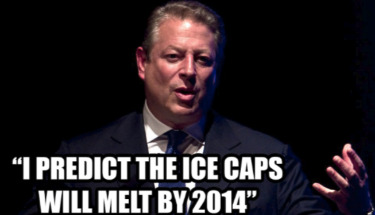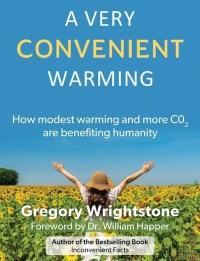 According to the now-finalized RSS satellite-derived June 2016 temperatures, measurements show that the global warming pause (or hiatus) is on track to resume with a prediction for even lower temps this winter.
According to the now-finalized RSS satellite-derived June 2016 temperatures, measurements show that the global warming pause (or hiatus) is on track to resume with a prediction for even lower temps this winter.
For June 2016, The National Aeronautics and Space Administration’s (NASA) RSS satellite record showed Earth was only 0.46 degrees Celsius (0.84¬∞F) above the 30-year average, a marked decline since its peak in February 2016.
They also show worldwide temperatures dropping a full half a degree Celsius since their peak and are actually below 1998 levels for the past three months. The RSS data is also on par with the UAH satellite dataset.
Once the El Niño in the tropical Pacific Ocean officially stopped, NOAA also showed a precipitous decline in temperatures using land and sea-based measuring systems.
Dr. Christy, a climatologist at the University of Alabama/Huntsville (UAH) who maintains and produces the UAH satellite records, notes that 16 of the warmest months in the satellite record (and 21 out of the warmest 25) all occurred during one of three major El Niño events: 1997/1998, 2009/2010, and 2015/2016.
He says that the effects from an El Niño are especially noticeable when comparing temps from a specific month. For example, just looking at a previous month like May shows it was warmer during an El Niño by a statistical margin.
Dr. Christy says that June 2016 was the second warmest month in the Northern Hemisphere (0.51 Celsius compared to June 1998 at 0.60 Celsius above seasonal norms), but only the eighth warmest in the Southern Hemisphere.
Despite the effects of El Ni√±o warming, it was only the sixth warmest June in the tropics. This is quite a stretch from so-called ‘hottest year on record’ claims based on heavily jiggered land and sea temperature data used by NASA GISS and NOAA.





